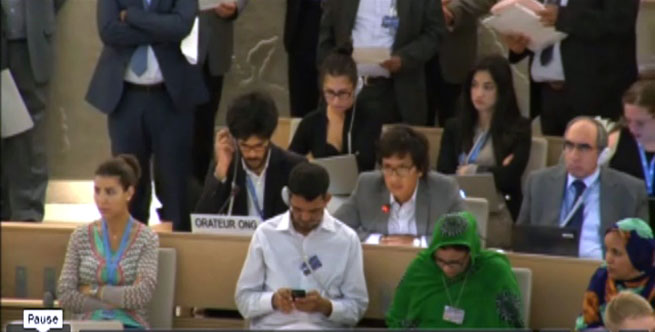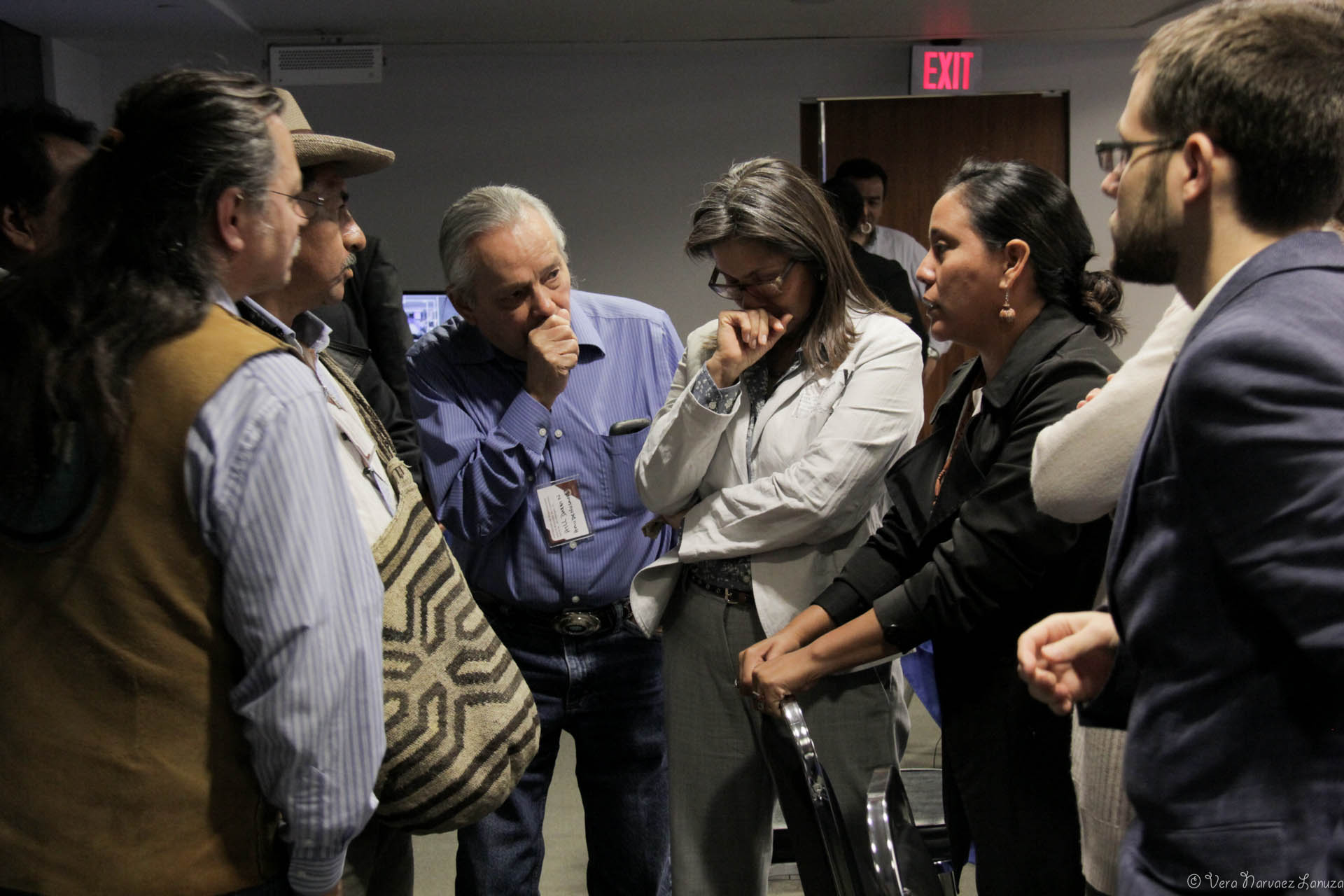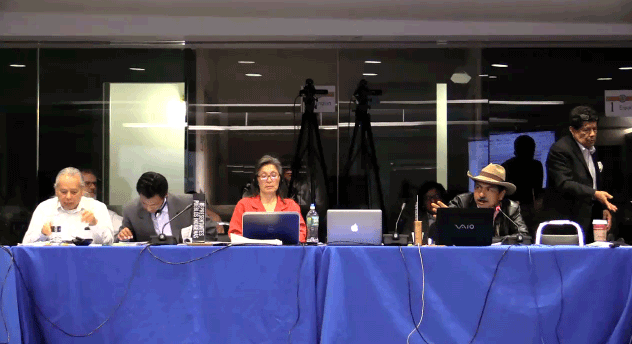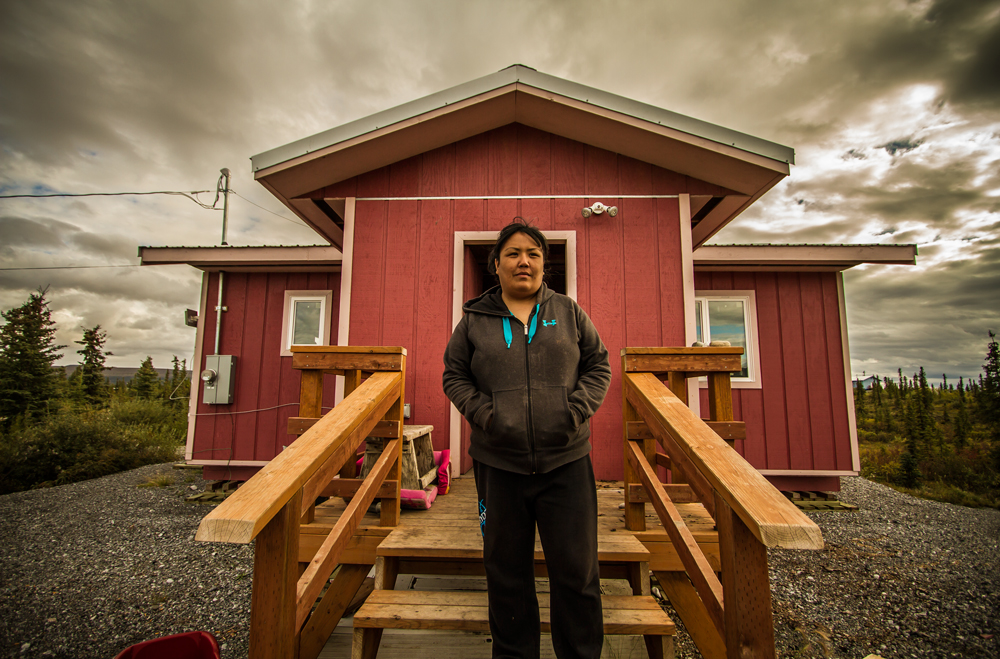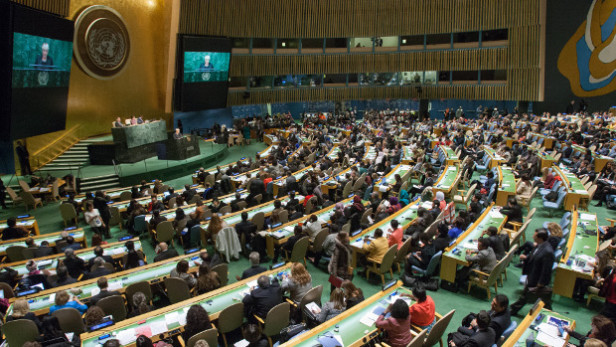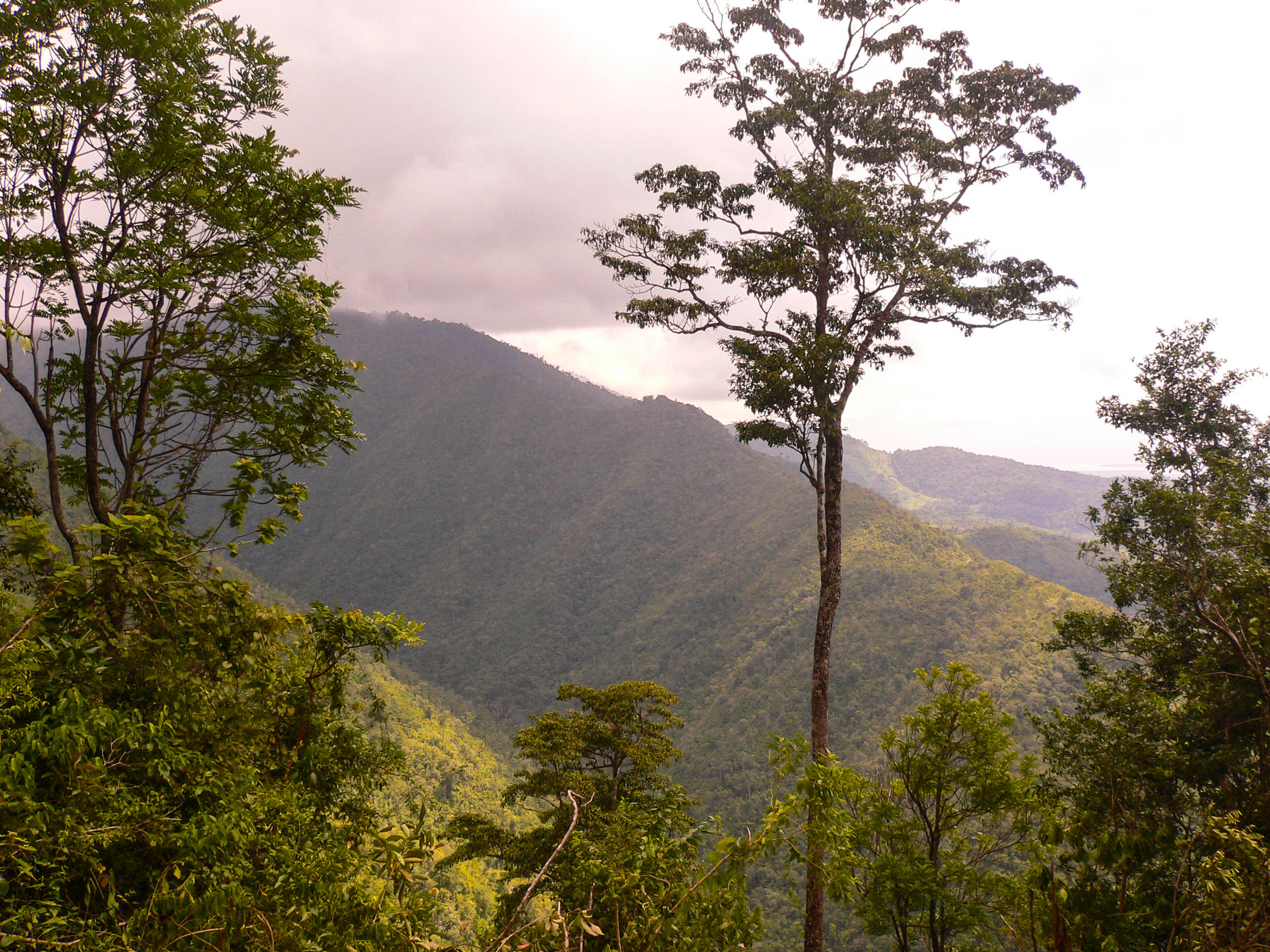Image
News
Stay informed on the latest developments and achievements in Indigenous rights, environmental advocacy, and cultural preservation. Here, you'll find updates on our work, legislative changes, and stories that highlight the resilience and progress of Indigenous Communities.
Breadcrumb
- Home
- News
News

El Moreno, Provincia de Jujuy, Argentina 19 de enero de 2025 Los pueblos indígenas en la Argentina (Cuenca de Salinas Grandes y Laguna de Guayatayoc), Bolivia (Salar de Uyuni), Chile (Salar Puna de Atacama) y Perú (Cuencas de Inambari y Urubamba, Salar de Azangaro, Salar de Pampa Canahuas, San Juan Tarucari y la Cadena de la Cordillera Ipokate, Kolkerami), que estamos siendo afectados y/o potencialmente afectados por minería de litio en tierras indígenas, representados por más de doscientas autoridades, nos hemos reunido en El Moreno, Provincia de Jujuy, Argentina, los días 17 a 19 de enero de
